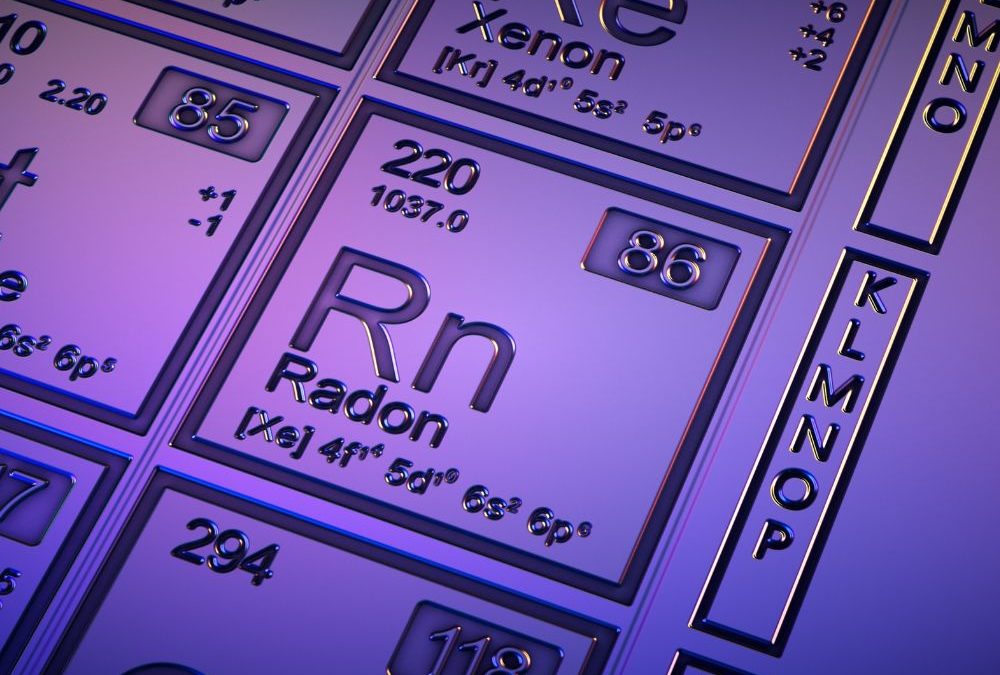Although it’s nearly impossible to avoid, radon gas is one of the most dangerous substances to have within your home. You can’t smell, see, or taste it, but exposure to high concentrations of it can be detrimental to your health. Learning these unique facts about radon gas and how to avoid exposure can help you protect your household from its dangerous effects.
Radon Occurs Naturally in the Environment
Interestingly, radon is a naturally occurring radioactive gas. When uranium in the rocks and soil break down naturally, the process releases radon into the air. Next, the radon breaks down into radioactive particles that attach themselves to dust and other materials in the air. With that in mind, low levels of radon gas are inevitable both outdoors and indoors.
It Poses a Greater Risk Indoors
Exposure to trace amounts of radon is unavoidable outdoors, but high radon concentrations within a building pose a greater risk. Because the fresh air dilutes the concentration outdoors, radon levels are generally very low. On the other hand, indoor spaces are more likely to have higher radon concentrations because of decreased ventilation.
Any Building Can Have a Radon Problem
Radon isn’t an issue only in residential areas; in fact, any building can have a radon problem. Therefore, testing office buildings, schools, medical facilities, and other buildings is incredibly important for maintaining public safety.
There’s a common misconception that radon can enter only buildings with basements, but everyone should know that any structure can have high radon levels, whether or not it has a basement.
Working Underground May Put You at a Greater Risk
Because radon comes from the uranium in rocks and soil, working underground puts you at a higher risk of radon exposure. Therefore, if you work in a mine, you naturally breathe air with higher radon levels unless proper ventilation systems are in place. Be sure you know how to protect yourself at work if you spend ample time underground.
There Are No Immediate Symptoms of Exposure
Although many other dangerous gases cause symptoms immediately after exposure, the effects of radon may take several years to develop. Therefore, you won’t develop a headache, dizziness, or nausea right after radon exposure. In fact, you may not know about your contact with radon until you develop lung cancer many years later.
Now that you know these five unique facts about radon, you should also know that testing your home regularly is incredibly important. Although you can buy kits to perform the test yourself, you can also hire a radon mitigation company in Fort Collins, CO. If your home’s radon levels are high enough to pose a health risk, it’s time to take action.


Recent Comments